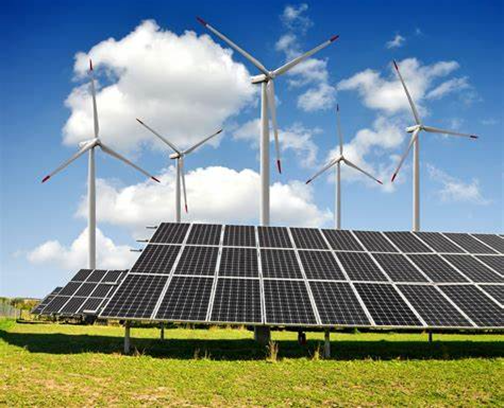By Michael Kerstetter
The Center for Climate Change Law has published a working paper on bundling solutions for energy efficiency (EE) retrofit projects in residential and commercial buildings. The paper provides a brief discussion on the EE retrofit market generally, touching on the current efficiency gap and barriers to EE retrofit projects and continues with an introduction to the concept of bundling as a possible guiding principle for further unlocking greater investment in building EE retrofit projects. The paper also presents a summary of the main financing and business models in use today in the U.S. which utilize some form of bundling in their design or application.
Since the 1970’s much activity has been undertaken at the federal, state and local levels among government and nongovernmental actors to promote EE standards and practices. Today, some forty years later, at a time when energy policy, energy prices and energy security are still at the forefront of public debate, many feel that EE technologies and practices are falling far short of their potential. In fact, many consider EE to be one of the largest and most cost-effective untapped energy resources in the U.S.
Given that buildings are responsible for approximately 40% of overall national energy consumption, increased investment in EE projects and measures in that sector could potentially save consumers and the U.S. economy billions of dollars, create jobs and significantly reduce the emission of greenhouse gasses. Accordingly, a comprehensive and well crafted economy-wide EE solution should include programs for the upgrading or retrofitting of existing residential and commercial structures. Although there is already investment in these types of projects, significant potential still remains for further profitable investment.
The full paper is available here.



